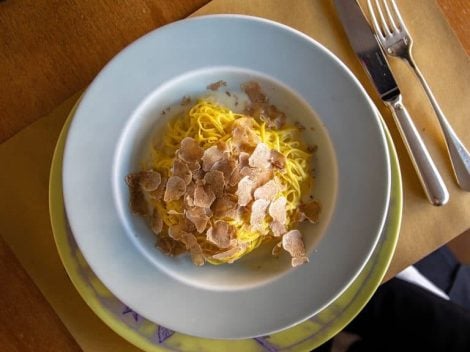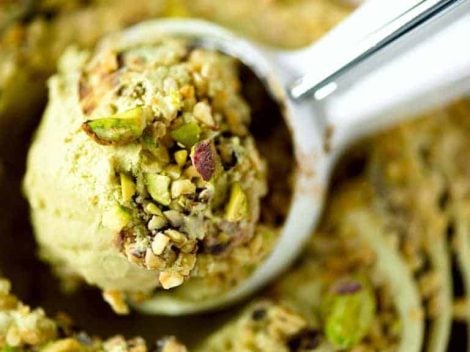Italian breakfast options
In Italy the day usually starts at the neighborhood cafè, with a good espresso coffee (or a creamy cappuccino) and a flaky croissant. But there are so many traditional regional breakfasts to try to kick start your day. Here are are three favourite ones.
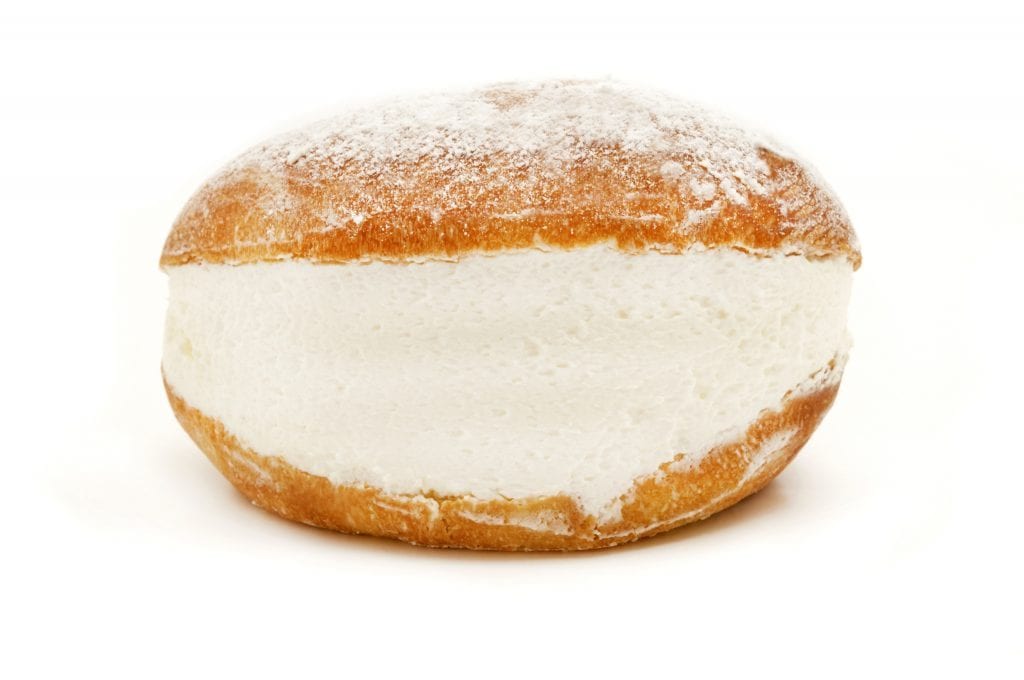
History of Italian maritozzo
A soft and light leavened dough, divided in half by a generous tuft of delicious whipped cream: the maritozzo is the king of the Roman breakfast, symbol of the confectionery art of the capital, a gluttonous morning indulgence. The variant with whipped cream is the best known, but the historical recipe is the Lenten maritozzo, smaller size and darker, enriched with raisins, pine nuts and candied fruit, and not containing butter. This is one of the few delights granted during the Lent fasting period. An ancient legend says that in Roman times these sweet breads represented the typical gift for women by their future husband )marito, in Italian). In fact, inside the cake, a ring or a gold object was often inserted as a token of love. You can find the best marotozzo in Rome in our ranking of the best breakfasts in Rome.
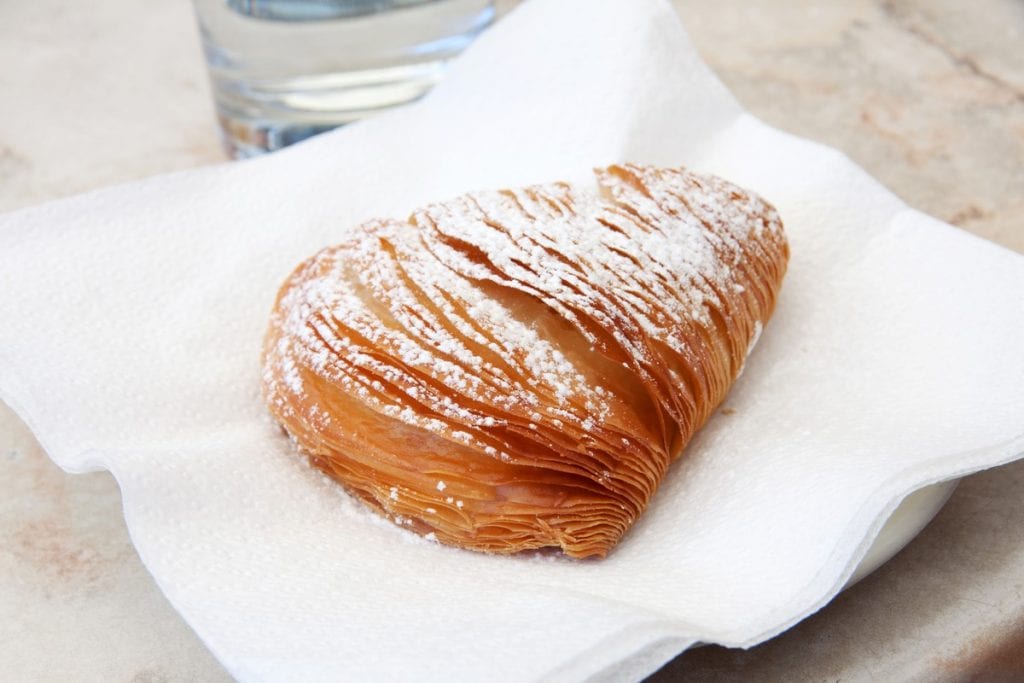
Sfogliatella, the symbol of Naples
Contrary to popular belief, sfogliatelle were not born in Naples. The origins are to be found on the Amalfi Coast, more precisely in the convent of Santa Rosa. Here, in the 17th century, one of the cloistered nuns - always engaged in the preparation of desserts and other specialties - found herself with a large quantity of semolina leftovers soaked in milk. In order not to waste it, she mixed it with the other ingredients she had available - dried fruit, sugar, lemon liqueur - she put everything in a dough containing white wine and lard and baked the pastry in the oven, giving it a shape similar to that of the monks hoods. Thus was born the Santarosa sfogliatella, a recipe reinterpreted in Naples by Pasquale Pintauro, who in the 19th century gave life to the current version of sfogliatelle, with a thinner crust and a shell shape. The Santarosa sfogliatelle still exist, with a filling of pastry cream and black cherries, while Neapolitan sfogliatelle have a filling of ricotta, semolina and candied fruit, and come in two main variants: "riccia", more crunchy and crumbly, and "frolla", with a round shortcrust pastry shell.
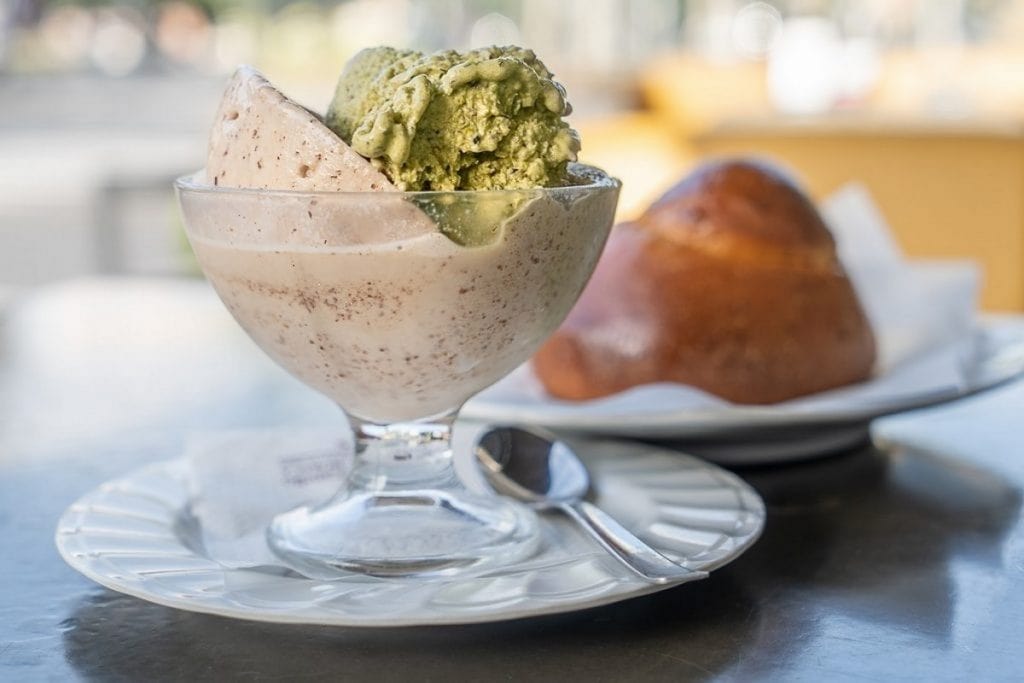
Sicilian granita with brioche: the best pairing of all
Mother of all subzero edible art, Sicilian granita for breakfast is paired with ubiquitour brioche with "tuppo," a soft bun called this way for the presence of a bun on the bun. "Tuppo" is the dialectal term for chignon hairdo women worre in the past. Granita, however, has its roots in the Arab domination: the ancestor of the product is sherbet, a sort of fruit juice flavoured with rose water and frozen. Symbol par excellence of Catania and surrounding areas, originally granita was made from snow collected on Mt Etna (but also on the Nebrodi, Peloritani or Monti Iblei mountains) by the "nevaroli" snow gatherers, and kept in stone "neviere" located inside the area's natural caves in order to keep the temperature low. Stored in this peculiar way, the snow turned into ice, which was scraped and added with salt before being placed in a steel container.
by Michela Becchi

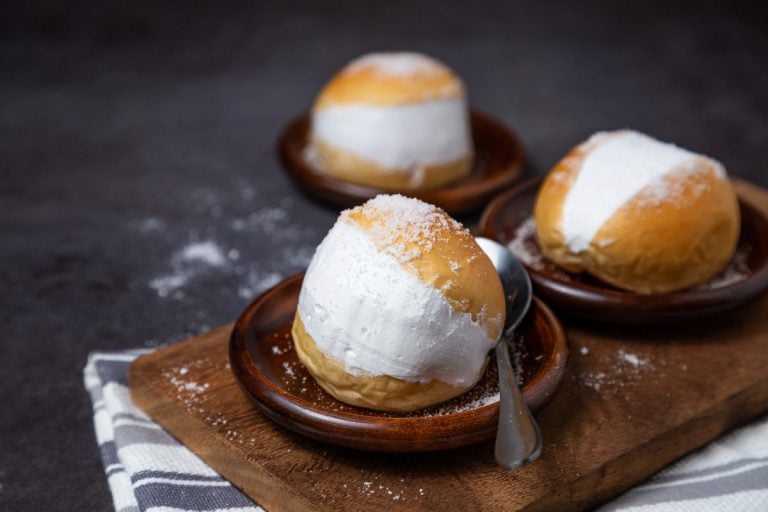
 A forgotten native grape variety is reborn just a few kilometres from Rome. The story of the Giulia grape
A forgotten native grape variety is reborn just a few kilometres from Rome. The story of the Giulia grape In Piedmont, creativity has the flavour of risotto with frogs. Here are the best places to enjoy it
In Piedmont, creativity has the flavour of risotto with frogs. Here are the best places to enjoy it Dear Carlo Petrini, the Langhe will never suffer the fate of Bordeaux (which, by the way, is doing better than people say)
Dear Carlo Petrini, the Langhe will never suffer the fate of Bordeaux (which, by the way, is doing better than people say)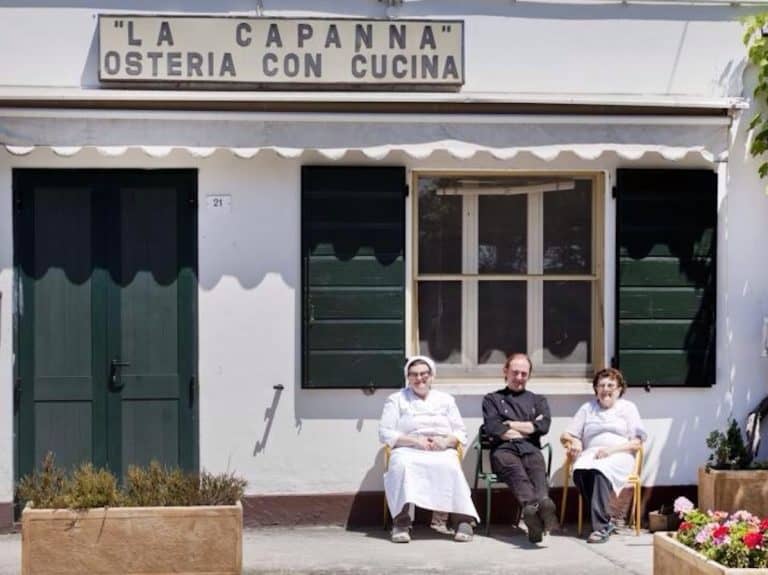 The hidden restaurant along the Po Delta that loses its star, where you can eat oysters, mantis shrimp, and amazing fish. For us, a place close to the heart
The hidden restaurant along the Po Delta that loses its star, where you can eat oysters, mantis shrimp, and amazing fish. For us, a place close to the heart With Trump’s return to the White House, Italian Agribusiness feels the heat
With Trump’s return to the White House, Italian Agribusiness feels the heat

